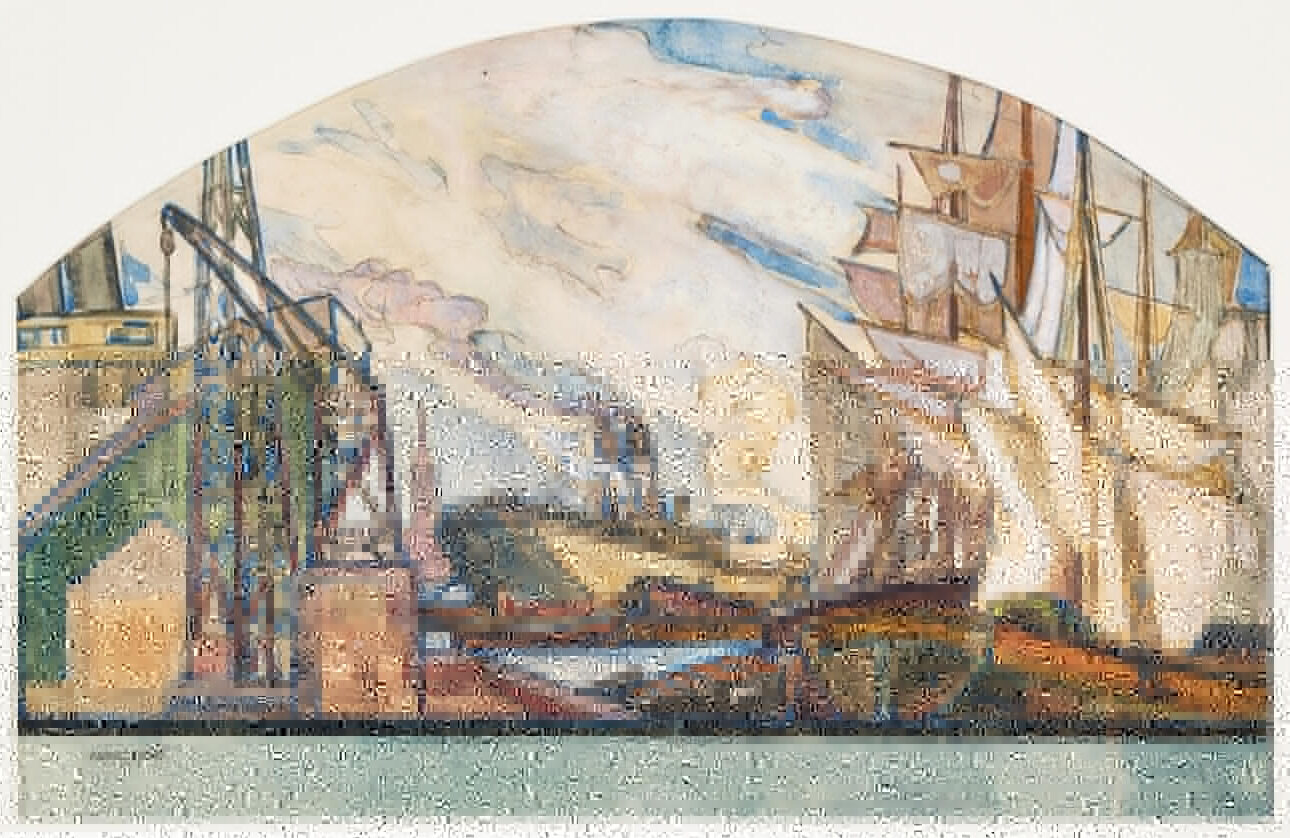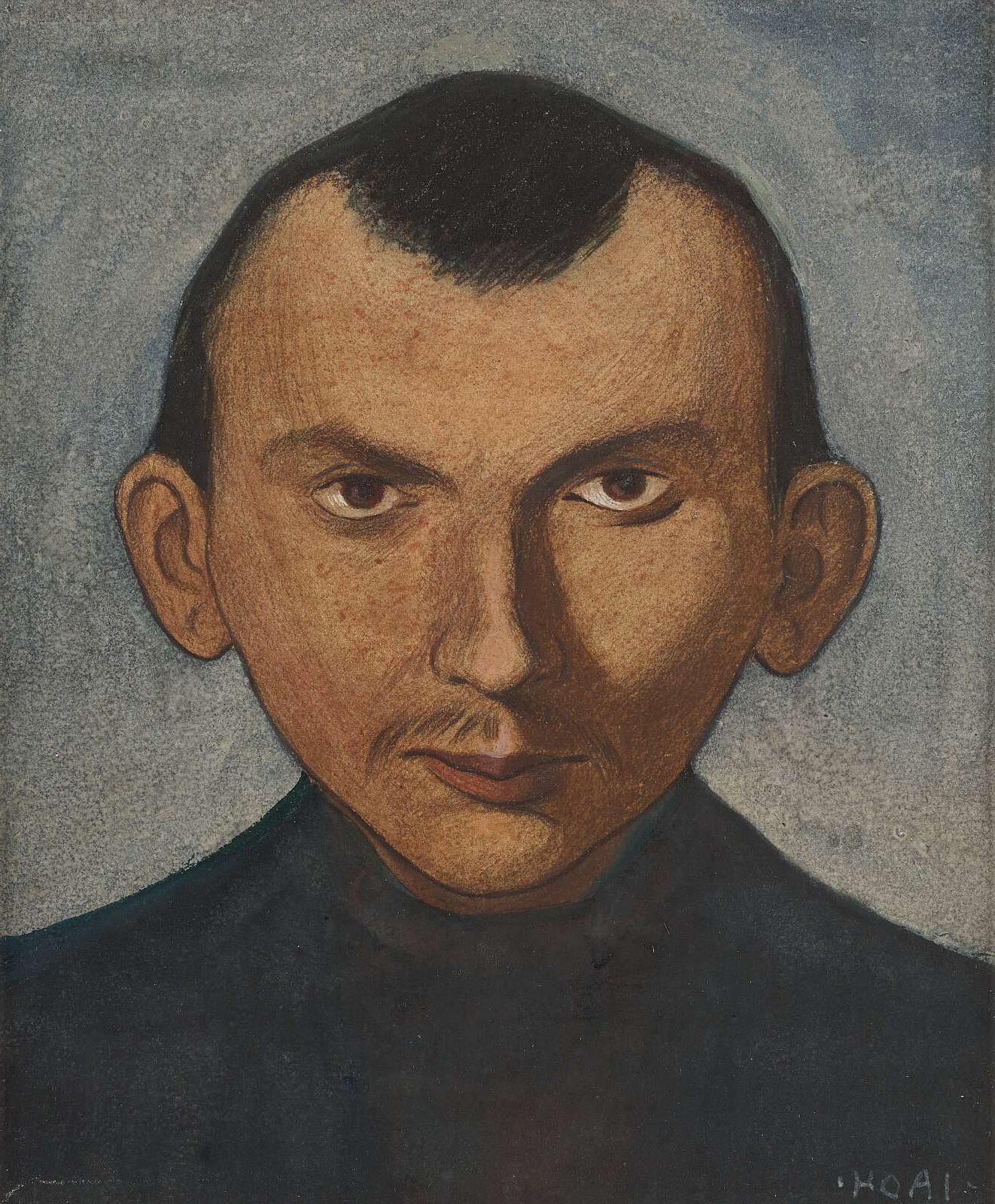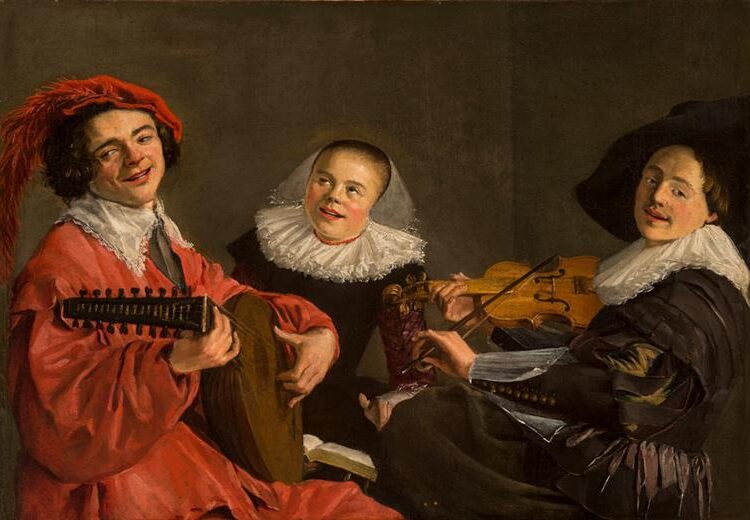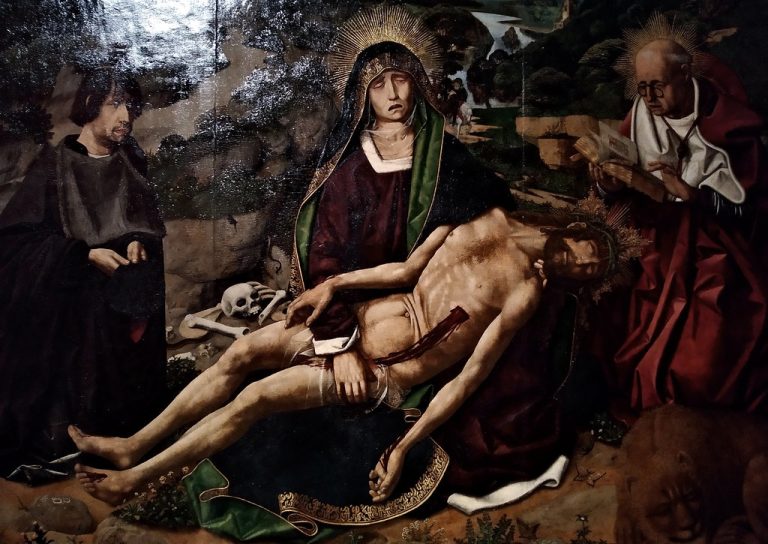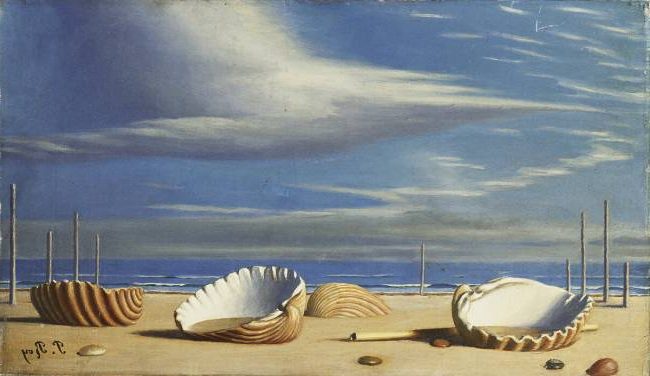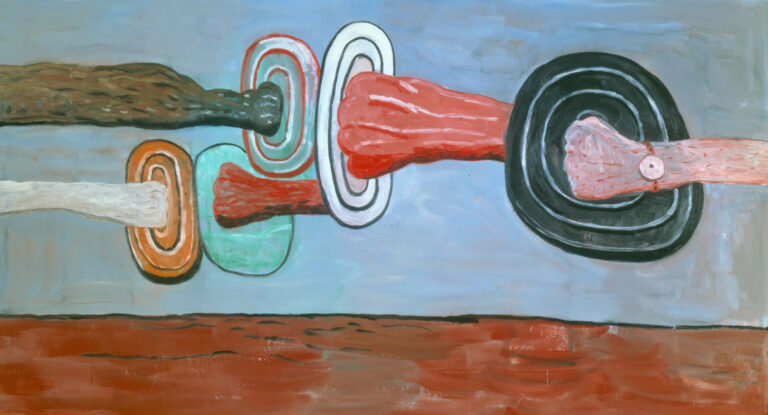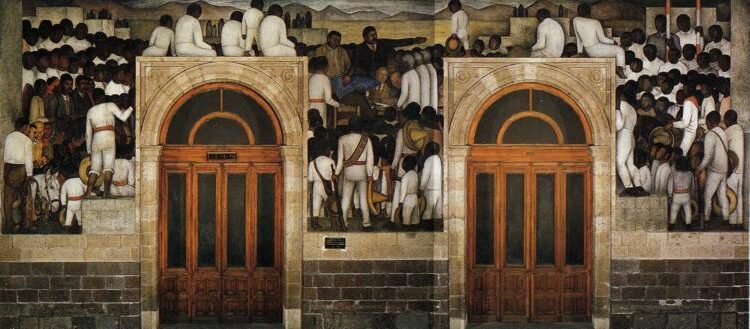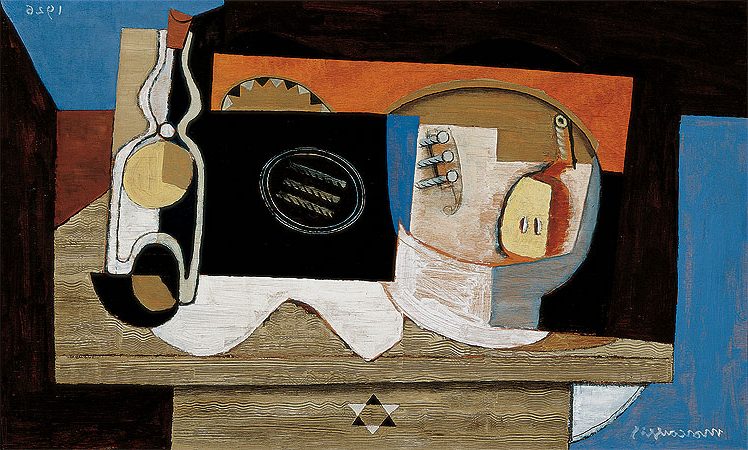Axel Törneman: Painter and Pioneer of Swedish Expressionism
Born: 28 October 1880, Persberg, Värmland, Sweden
Death: 26 December 1925, Stockholm, Sweden
Art Movement: Modernism, Expressionism
Nationalité : Suédois
Teachers: Carl Wilhelmson and Adolf Hölzel
Institution: Värmland School of Art, Kunstakademie München, Académie Julian
Axel Törneman: Painter and Pioneer of Swedish Expressionism
Axel Törneman: Biography
Johan Axel Gustaf Törneman (1880-1925) emerged as one of Sweden’s pioneering modernist painters. His innovative approach to art helped establish modernism in Swedish art history during the early 20th century.
Vie et éducation précoces
Axel Törneman was born on October 28, 1880, in Persberg, Värmland, Sweden. His upbringing in this rural mining region influenced his early artistic sensibilities.
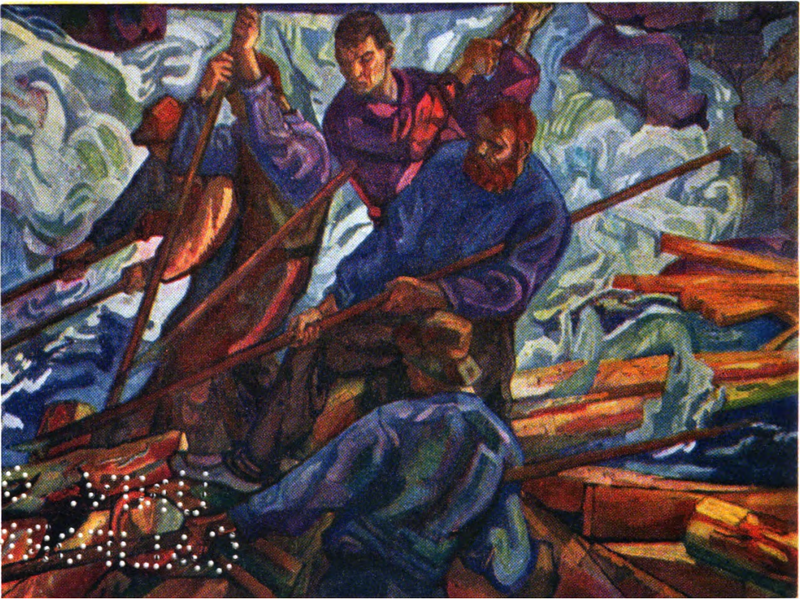
Timmerflottare, 1921 by Axel Törneman
Törneman began his formal art education in Stockholm before traveling abroad to further develop his skills. He studied in Germany and France, two artistic centers that exposed him to the emerging modernist movements of the early 1900s.
In Paris, he encountered the works of prominent artists experimenting with new styles and techniques. These experiences proved formative for the young Swedish artist.
The vibrant artistic communities in these European cities helped shape Törneman’s vision and provided him with the technical foundation he would later build upon in his innovative works.
Career Highlights
Törneman’s return to Sweden marked the beginning of his professional career as he introduced modernist elements to the Swedish art scene. His breakthrough came with bold, colorful works that challenged traditional Swedish painting styles.
He gained recognition for his large-scale public works, particularly his impressive frescos in Stockholm City. These murals demonstrated his technical skill and artistic vision on a grand scale.
Between 1905 and 1925, Törneman produced his most significant works, establishing himself as a leading figure in Swedish modernism. His paintings were exhibited in major galleries across Sweden.
His career, though relatively short, was impactful. Törneman worked across various modernist styles, never limiting himself to a single approach. This versatility became a hallmark of his artistic identity.
Influence and Style
Törneman’s style evolved throughout his career, incorporating elements from several modernist movements. His early works, with their bold colors and emotional intensity, show influences of Expressionism.

Bretagnare I, 1905 by Axel Törneman
He experimented with Symbolism, using imagery to convey deeper meanings beyond the literal subjects of his paintings. This approach allowed him to address complex themes through visual metaphor.
The artist’s color palette was distinctive and vibrant, often employing strong contrasts to create visual impact. His brushwork ranged from precise to expressive, depending on his artistic intention.
Törneman’s willingness to experiment with different styles made him a versatile artist and contributed to his significance in Swedish art history. His work bridged traditional Swedish artistic sensibilities with modern European movements.
Vie personnelle
Despite his artistic prominence, details about Törneman’s personal life remain relatively limited in historical records. He married and maintained connections to both urban artistic circles and his rural origins.
Törneman’s career was cut short by his untimely death on December 26, 1925, at the age of 45. This early passing left the art world wondering what further innovations he might have contributed had he lived longer.
His personal struggles and triumphs inevitably influenced his artistic output, though he rarely made these connections explicit in his work. The emotional depth in many of his paintings suggests a complex inner life.
After his death, Törneman’s legacy was preserved through retrospective exhibitions and scholarly attention to his pioneering role in Swedish modernism.
Œuvres d'art remarquables
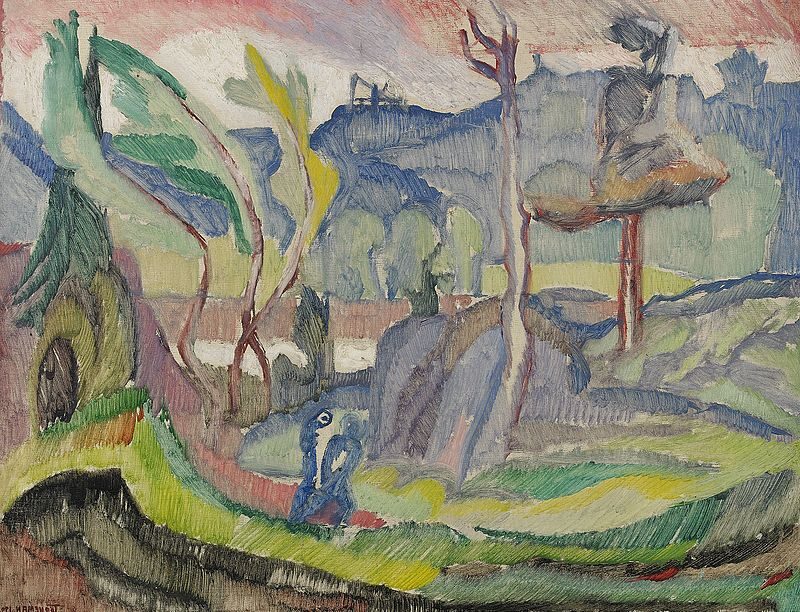
Skuggor, 1925 by Axel Törneman
Axel Törneman created a diverse body of work throughout his career, with his most significant pieces emerging during his time in France. His artwork blended impressionism with early modernist elements, establishing him as a pioneer in Swedish modern art.
Early Works
Törneman’s artistic journey began with traditional Swedish subjects and landscapes. His early style showed strong technical foundations but had not yet developed the expressionist qualities that would later define his work.
During his formative years, he explored various techniques and themes while studying in Sweden. These early pieces demonstrated his emerging talent and hinted at the bold artistic vision that would later flourish.
His work from this period remains less known than his later paintings but provides valuable insight into his artistic development and the foundations of his unique style.
Major Paintings
Törneman’s most celebrated works include the “Night Café I and II” and “Trait,” all created in France in 1905. These night café paintings were based on his studies in the Place Pigalle in Paris, capturing the vibrant nightlife of La Belle Époque.
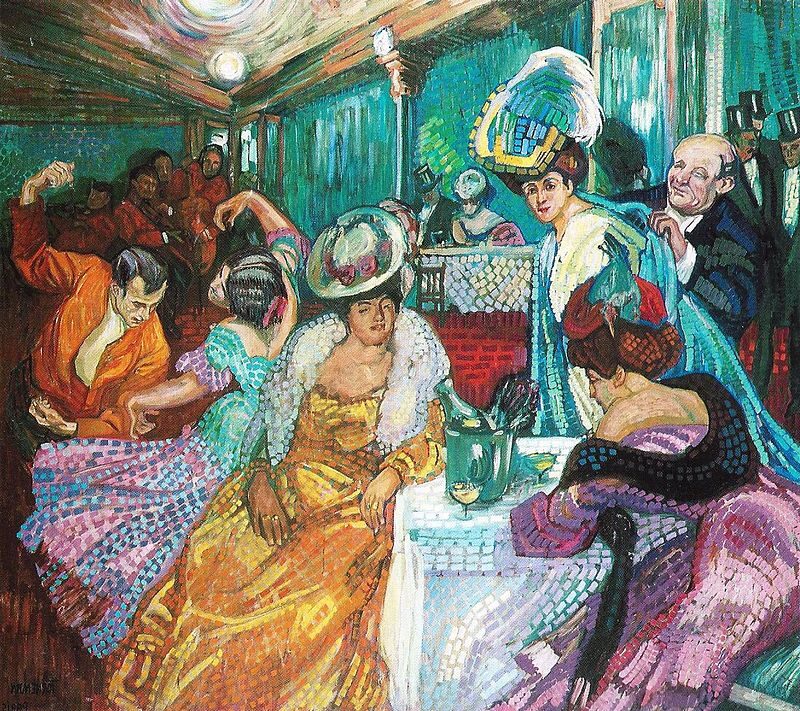
Nattcafé I, 1905–1906 by Axel Törneman
His café scenes blend dramatic lighting with expressive figures, creating atmospheric works that showcase his distinctive modernist approach. The dynamic energy and emotional intensity of these paintings established Törneman as a significant figure in Swedish modernism.
His can-can paintings also gained recognition, depicting the famous dance that epitomized the Parisian nightlife of the era. These works combined movement, color, and social observation.
Expositions et reconnaissance
Törneman’s work received critical acclaim when exhibited at the 1905 Salon d’Automne in Paris. This prestigious exhibition helped establish his reputation in the European art scene during a pivotal period in modern art history.
His bold style and subject matter resonated with audiences and critics alike, earning him recognition both in France and his native Sweden. The positive reception of his Parisian café scenes helped cement his position as an important voice in Swedish modernism.
Throughout his career, Törneman continued to exhibit his work in various galleries and exhibitions. Today, his artwork appears in museum collections and at auctions, where his 91 known artworks continue to attract attention from collectors and art historians.
Héritage et impact sur l'art moderne
Axel Törneman (1880-1925) left a lasting mark on Swedish art history as one of the pioneers of modernism in his country. His expressionist style broke new ground and helped introduce avant-garde ideas to the Swedish art scene in the early 20th century.
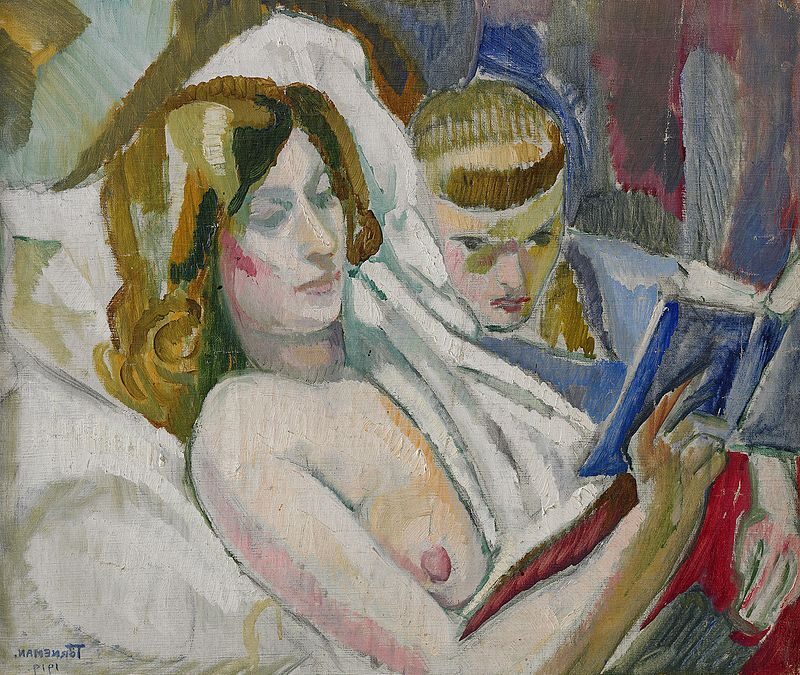
Sagostund, 1919 by Axel Törneman
Törneman’s l'utilisation audacieuse de la couleur and dramatic compositions influenced a generation of artists who followed. His work bridged traditional Swedish art and international modernist movements, creating a pathway for future artistic innovation.
International recognition came during his lifetime. In 1915, Törneman received a gold medal at the Panama-Pacific International Exposition in San Francisco, bringing Swedish modernist art to global attention.
His paintings captured the spirit of his era through vibrant colors and emotional intensity. This approach helped shift Swedish art away from more conservative traditions toward a freer, more expressive style.
Though his career was cut short by his death in 1925, Törneman’s influence continued through his students and admirers. Today, he is remembered as “the father of Swedish Modernism” for his role in transforming the country’s paysage artistique.
Art historians recognize Törneman’s contributions to expressionism and the avant-garde movements that shaped 20th-century art. His willingness to experiment with different modernist styles demonstrated the versatility that would become characteristic of later Swedish art.
Questions fréquemment posées
Axel Törneman established himself as one of Sweden’s earliest modernist painters with distinctive style elements and contributions to art movements between 1880-1925. His works explored various themes while leaving a lasting impact on Swedish art history.
What are the hallmark characteristics of Axel Törneman’s painting style?
Törneman’s style featured bold color usage and expressionist tendencies that set him apart from his contemporaries. He often employed strong brushwork with visible strokes that created dynamic energy in his compositions.
His paintings frequently displayed a tension between les techniques traditionnelles and modern sensibilities, reflecting his position at the transition into modernism.
The artist developed a personal visual language that combined elements of symbolisme with more direct representation, giving his work a distinctive character.
Which art movements did Axel Törneman contribute to during his career?
Törneman was one of Sweden’s earliest modernist painters, helping introduce modern artistic ideas to the Swedish art scene in the early 20th century.
His work showed influences from impressionism as he experimented with light and color relationships in his paintings.
Expressionist elements became increasingly prominent in his mature work, aligning him with broader European expressionist movements of the time.
Could you list some of Axel Törneman’s most influential works?
While specific works aren’t detailed in the search results, Törneman created significant paintings during his active period between 1880-1925.
His works have appeared at auction 183 times according to art market data, indicating a substantial body of work with ongoing collector interest.
His paintings continue to be reproduced as fine art prints, suggesting several recognizable and popular works within his portfolio.
What impact did Axel Törneman have on the Swedish art scene?
Törneman played a crucial role as one of Sweden’s earliest modernist painters, helping transition Swedish art from traditional approaches toward more contemporary expressions.
His innovative approaches to painting introduced new visual possibilities to Swedish artists and viewers during a pivotal period of artistic development.
Born in Persberg, Värmland, his Swedish roots combined with international influences helped bridge local artistic traditions with broader European modernist movements.
How did Axel Törneman’s personal life influence his artistic expression?
Born in 1880 in Persberg, Värmland, Törneman’s Swedish upbringing likely influenced his artistic perspective and subject matter choices.
His relatively short life—he died in December 1925 at age 45—may have created urgency in his creative output and contributed to the intensity found in many of his works.
The timing of his career, spanning the dramatic social and cultural changes of the early 20th century, probably shaped his artistic concerns and visual language.
What are the key themes and subjects found in Axel Törneman’s paintings?
Törneman often explored the relationship between tradition and modernity. This reflects the rapidly changing society of his era.
His work frequently engaged with symbolic representations of human emotions and experiences. These created visual narratives that resonated with viewers.
While specific subjects varied throughout his career, his paintings consistently demonstrated interest in exploring color relationships. He also used expressive forms to convey deeper meanings.

